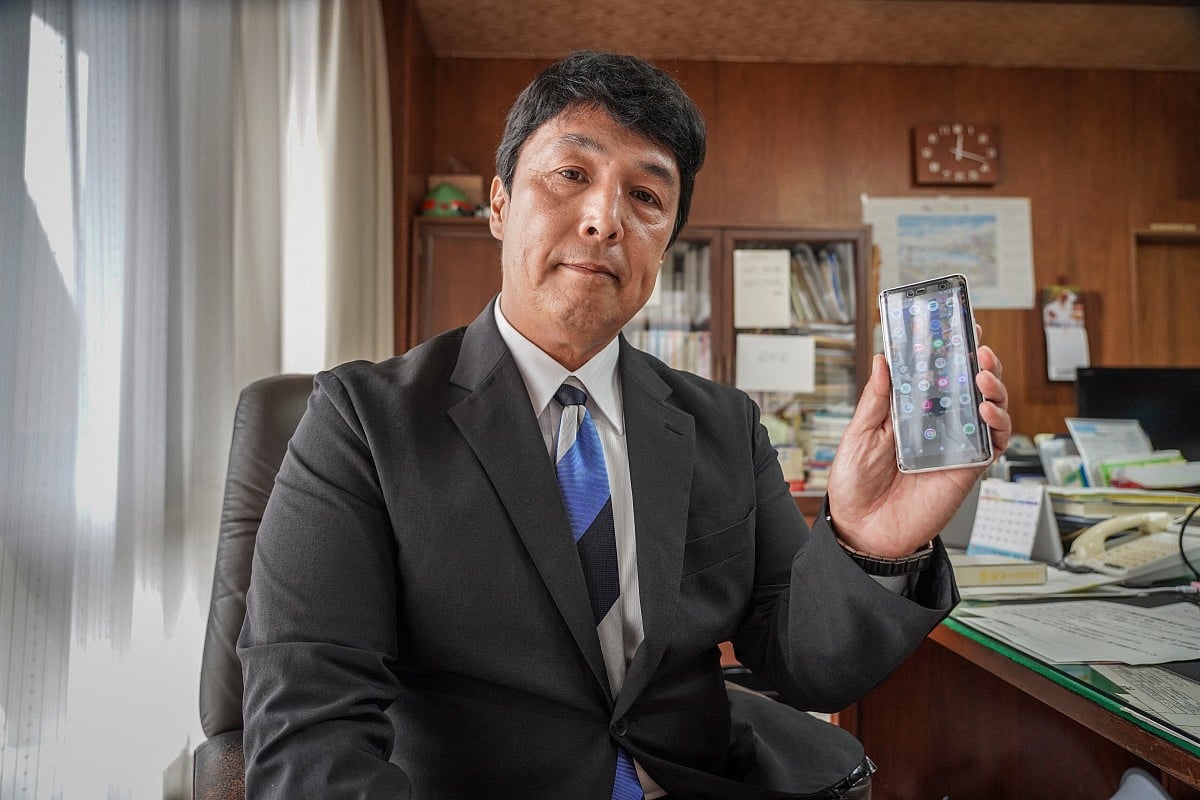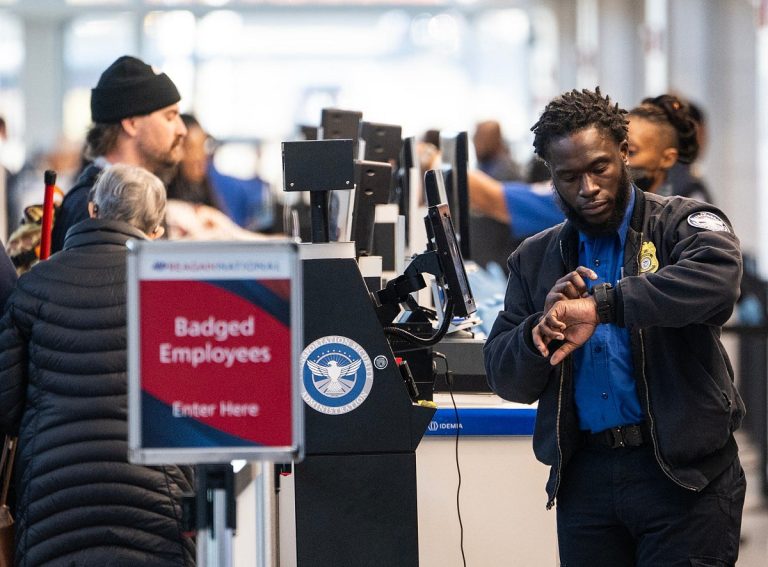Toyoake Implements Two-Hour Smartphone Usage Limit
In a bid to promote healthier screen habits, the city of Toyoake, Japan, has implemented a new ordinance limiting smartphone, tablet, and laptop usage to two hours per day. This initiative, which took effect last week, aims to encourage residents to reflect on their technology consumption and its impact on their lives.
The Motivation Behind the Ordinance
Mayor Masafumi Kouki has expressed deep concerns about the negative consequences of excessive smartphone use, particularly the decline in face-to-face communication. He noted that on public transport, people are often absorbed in their devices rather than engaging with one another. Kouki hopes that this ordinance will provide an opportunity for residents to reconsider their screen time habits.
The ordinance was passed by the city council with a vote of 12-7 and applies to both adults and children. However, it is important to note that there are no penalties for exceeding the two-hour limit. Instead, the focus is on self-regulation and personal reflection regarding smartphone use.
Community Reactions
While the ordinance has garnered support, it has also faced criticism. Initially, there was significant opposition when the proposal was introduced. However, many residents began to understand that the two-hour cap is intended as a guideline rather than a strict rule, particularly since it does not include time spent on work or study.
Some young people, like 22-year-old law student Shutaro Kihara, feel that the ordinance is ineffective. He argues that smartphones are essential for various activities, including studying and communication. Similarly, city lawmaker Mariko Fujie, who voted against the ordinance, expressed concerns about regulating personal free time, viewing it as an overreach of authority.
The Impact on Daily Life
The ordinance aims to improve the health and well-being of Toyoake’s residents by encouraging better sleep habits. For instance, elementary school students are advised to avoid smartphone use after 9 PM, while junior high students and older individuals are encouraged to limit usage after 10 PM. This recommendation comes in light of studies indicating that many people in Japan suffer from sleep deprivation, often due to long working hours and excessive screen time.
Toyoake resident Kokuka Hirano, 59, shared her struggles with sleep deprivation linked to her smartphone use. She expressed a desire to reduce her screen time to focus more on activities like exercise and cooking, although she feels that a three or four-hour limit would be more reasonable than the proposed two-hour cap.
The Broader Context
Research has shown that excessive smartphone use can interfere with sleep and is associated with mental health issues such as loneliness, depression, and anxiety. In response to these concerns, various countries are exploring measures to protect children from the potential harms of social media. For example, Australia is considering a ban on social media for users under 16.
Mayor Kouki, who has two young children, emphasizes the importance of limiting screen time in his household. His children do not own smartphones, although his 10-year-old occasionally borrows his wife’s device. The Kouki family has made a conscious effort to avoid screens during mealtimes to foster better family interactions.
Parental Perspectives
Many parents in Toyoake have mixed feelings about the ordinance. Yumi Watanabe, a mother of three, believes that parents should have the autonomy to decide how much screen time is appropriate for their children. She feels that the ordinance may not be necessary, as individuals can make informed choices about their technology use.
FAQs
What is the purpose of Toyoake’s two-hour smartphone limit?
The ordinance aims to encourage residents to reflect on their smartphone usage and promote healthier habits, particularly regarding communication and sleep.
Are there penalties for exceeding the two-hour limit?
No, the ordinance does not impose penalties. It serves as a guideline for self-regulation rather than a strict rule.
How has the community reacted to the ordinance?
Reactions have been mixed, with some residents supporting the initiative for its health benefits, while others, particularly younger individuals, view it as ineffective or an overreach of authority.
Conclusion
Toyoake’s ordinance represents a unique approach to addressing the challenges of excessive smartphone use. While the two-hour limit is designed to encourage healthier habits, community reactions highlight the complexities of regulating personal technology use. As residents adapt to this new guideline, ongoing discussions about screen time and its impact on daily life will likely continue.
Also Read:
Mother in New Zealand ‘Suitcase Murders’ Found Guilty of Killing Her Children
UAE Warns of Severe Penalties for Social Media Fraud
Tony Blair’s New Role in Gaza: Opportunities and Challenges







